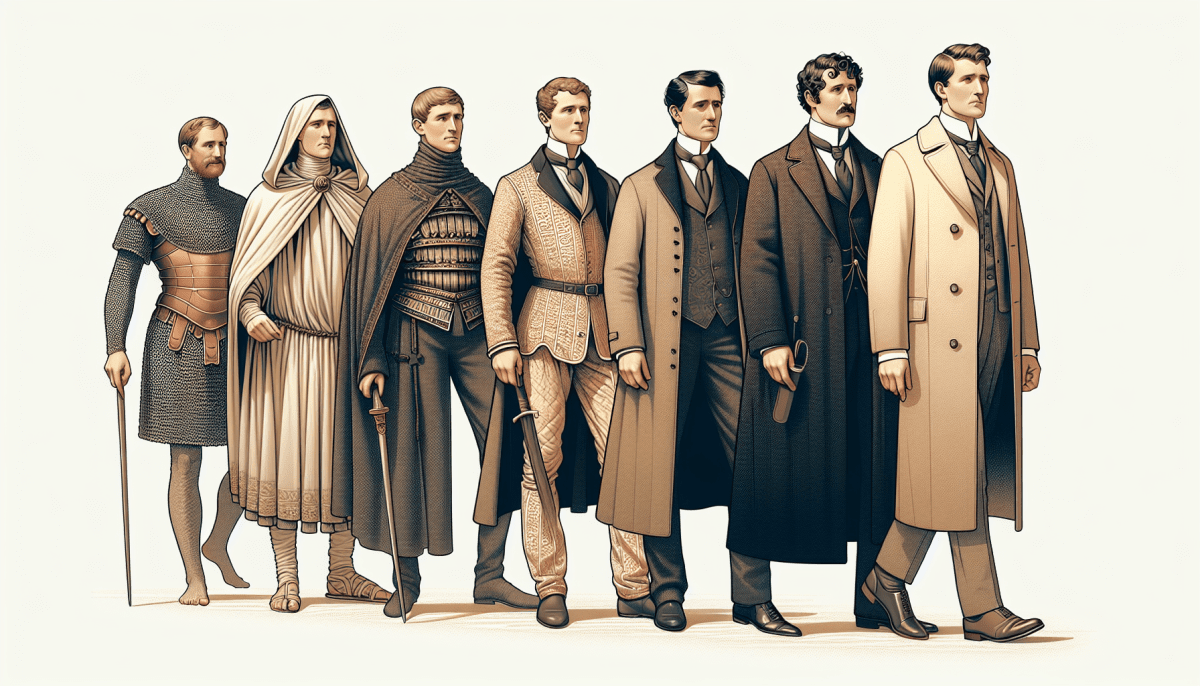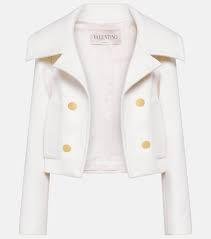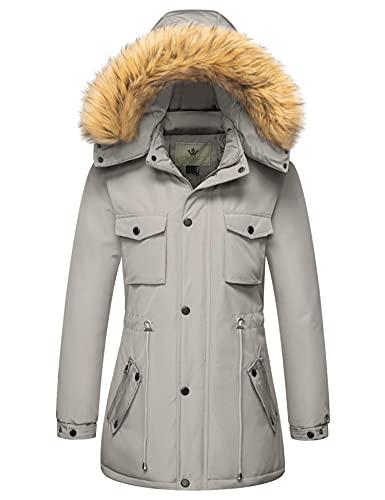The origins of the coat can be traced back to ancient times when humans first sought protection from the elements. In early civilizations, our ancestors crafted simple garments made from animal hides, furs, and woven plant fibers. These early coats were functional, serving to keep individuals warm and shield them from rain, wind, and snow. Depending on the region, the style and materials of these coats varied immensely, reflecting the environment and available resources.
In ancient Egypt, for example, while the climate was generally warm, certain upper-class individuals wore light linen coats for modesty and style, showcasing their status. The Greeks and Romans embraced more structured designs. They fashioned cloaks and togas that not only offered protection but also pointed to their cultural identity. The Romans, in particular, made significant contributions to the evolution of the outer garment. They introduced the idea of wrapping, which allowed for ease of movement and added layers for warmth, marking a key moment in the history of the coat.
As trade expanded, so did the variety of materials and the complexity of coat designs. The influence of various cultures led to unique innovations. For instance, the introduction of wool from the northern tribes provided a warmer option for colder climates. Meanwhile, the silk from the East played a significant role in the luxury coats of the wealthy. This blending of styles and materials during ancient times laid the groundwork for what we now recognize as the modern coat, showcasing the rich tapestry of the history of the coat through the ages.
Evolution of Styles in the Middle Ages
The History of the coat reflects significant changes in style and function throughout the Middle Ages. During the early part of this period, from the 5th to the 10th century, coats were primarily practical garments. Made from heavy wool or fur, they were designed to keep people warm, especially in the colder climates of Europe. These early coats often featured simple, loose-fitting designs that allowed for ease of movement, essential for the active lifestyles of the time.
As society transitioned into the High Middle Ages, roughly between the 11th and 13th centuries, the style of coats began to evolve. The introduction of new tailoring techniques allowed for more fitted and elaborate designs. Coats were adorned with decorative elements, such as embroidery and intricate fastenings, reflecting the wearer's social status and wealth. Nobles and wealthy merchants showcased their power and prestige through vibrant colors and luxurious fabrics, transforming the coat from a mere functional item into a symbol of status.
In the Late Middle Ages, from the 14th to the 15th century, coats became even more fashionable. This period saw the emergence of the long coat, or "surcoat," that was worn over armor by knights. These coats often featured a longer silhouette and were designed to be worn open to showcase the armor underneath. Additionally, new materials like silk and velvet became popular, further enhancing the aesthetic appeal of coats. The use of hoods and collars in various styles added to the versatility of the garment, making it suitable for various occasions.
The Middle Ages were a transformative time for outerwear, highlighting the interplay between function and fashion in the History of the coat. As society progressed, so did the styles and purposes of these garments, paving the way for future developments in fashion. Coats from this era not only served as protection from the elements but also became vital in expressing identity and societal roles, setting the stage for the continued evolution of coats in the centuries to come.
Coats and Fashion in Modern Society
The history of the coat is a fascinating reflection of societal change and fashion evolution in modern society. Coats have transitioned from practical garments to high-fashion statements, encapsulating the transformative nature of style across the decades. Today, a coat is more than just a tool for warmth; it is a canvas for personal expression, culture, and even status. Various materials, colors, and designs now symbolize not only the wearer’s taste but also broader fashion trends.
In recent years, the coat's role has expanded significantly due to the influence of social media and celebrity culture. Influencers and fashion icons often showcase their unique styles, leading to a diversity of coat designs that cater to different tastes. From oversized silhouettes to tailored cuttings, the modern coat reflects individual personality while staying attuned to seasonal trends. This change is about more than aesthetics; it highlights the growing importance of outerwear as a statement piece in an outfit.
Additionally, sustainability has become a key concern in the history of the coat’s evolution. As awareness of environmental issues rises, consumers are increasingly seeking coats made from eco-friendly materials and ethical production methods. Brands are responding by incorporating sustainable practices, offering versatile outerwear that not only looks good but also contributes positively to the planet. This shift reflects a growing consciousness regarding fashion’s impact and demonstrates how the coat can serve as an emblem of responsible consumerism.
As we observe the changing dynamics of coats in fashion today, it's clear that they will continue to adapt alongside society's evolving tastes and values. The coat has transformed into a powerful medium, merging functionality with style, tradition with innovation. Understanding the history of the coat helps to appreciate its significance in modern clothing culture and the lasting impressions it leaves on the world of fashion.
Cultural Significance of Coats Today
In many cultures, coats are associated with special occasions and traditions. For instance, a wedding coat might symbolize a new beginning, while a ceremonial cloak can represent honor or achievement. These garments often tell stories of lineage and heritage, connecting wearers to their cultural roots. The intricate designs and patterns found in coats can also serve as a form of artistic expression, merging fashion with cultural storytelling, and highlighting the continuing relevance of the history of the coat.
Moreover, coats have significant roles in various social movements. The rise of sustainable fashion has led to a resurgence of interest in vintage and ethically-produced coats. Wearing such items can signify a commitment to environmental consciousness and social responsibility. This evolution in the perception of coats mirrors a growing awareness of one’s impact on society, reinforcing the idea that the history of the coat is intertwined with contemporary values.
Finally, coats also exert influence in the world of pop culture. From iconic film costumes to celebrity outfits, the portrayal of coats in media can shape fashion trends and societal expectations. Characters wearing memorable or distinctive coats can become symbols of rebellion, sophistication, or warmth. This fascination with coats in popular culture ensures that their impact remains significant, further enriching the ongoing narrative found in the history of the coat.



